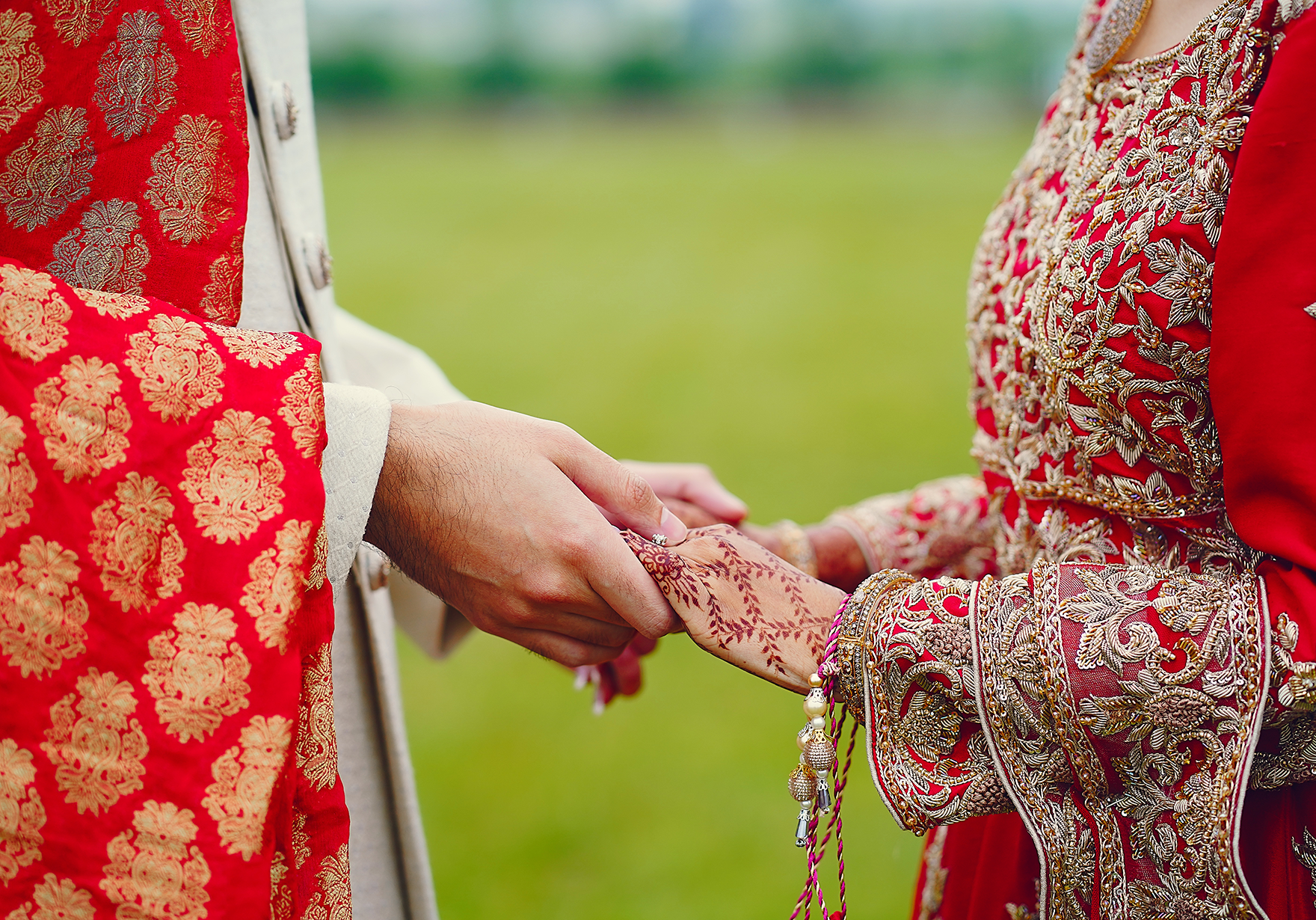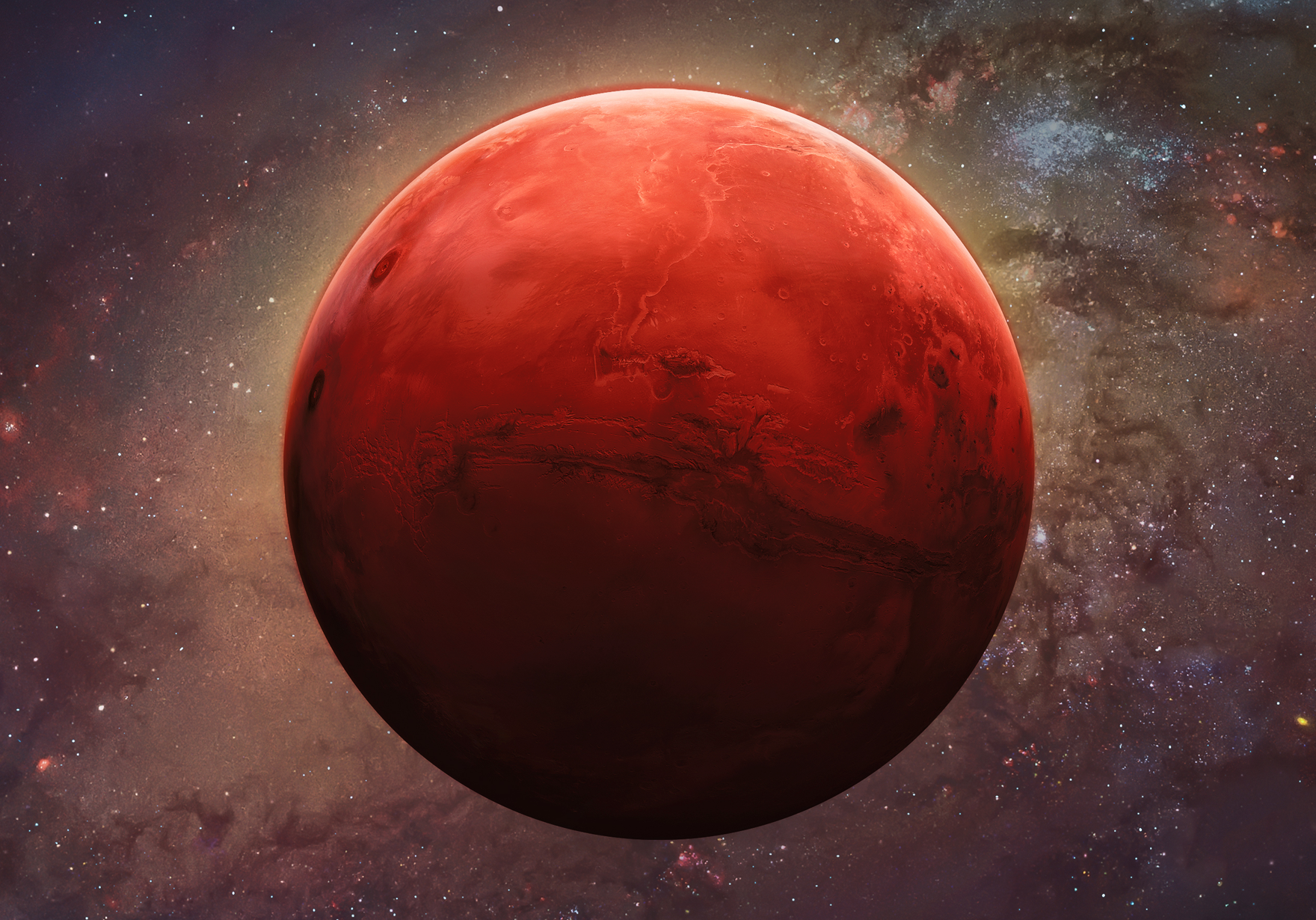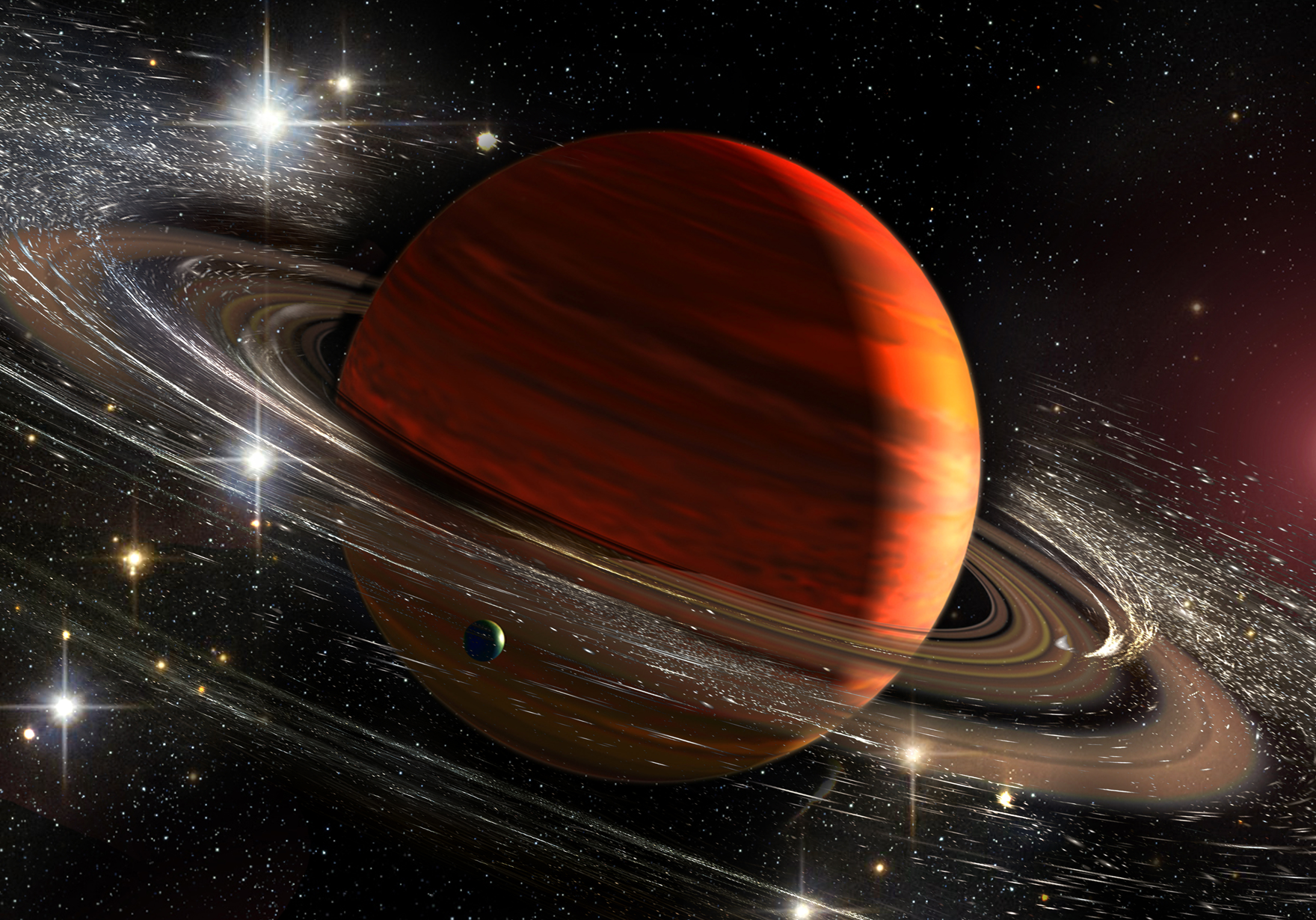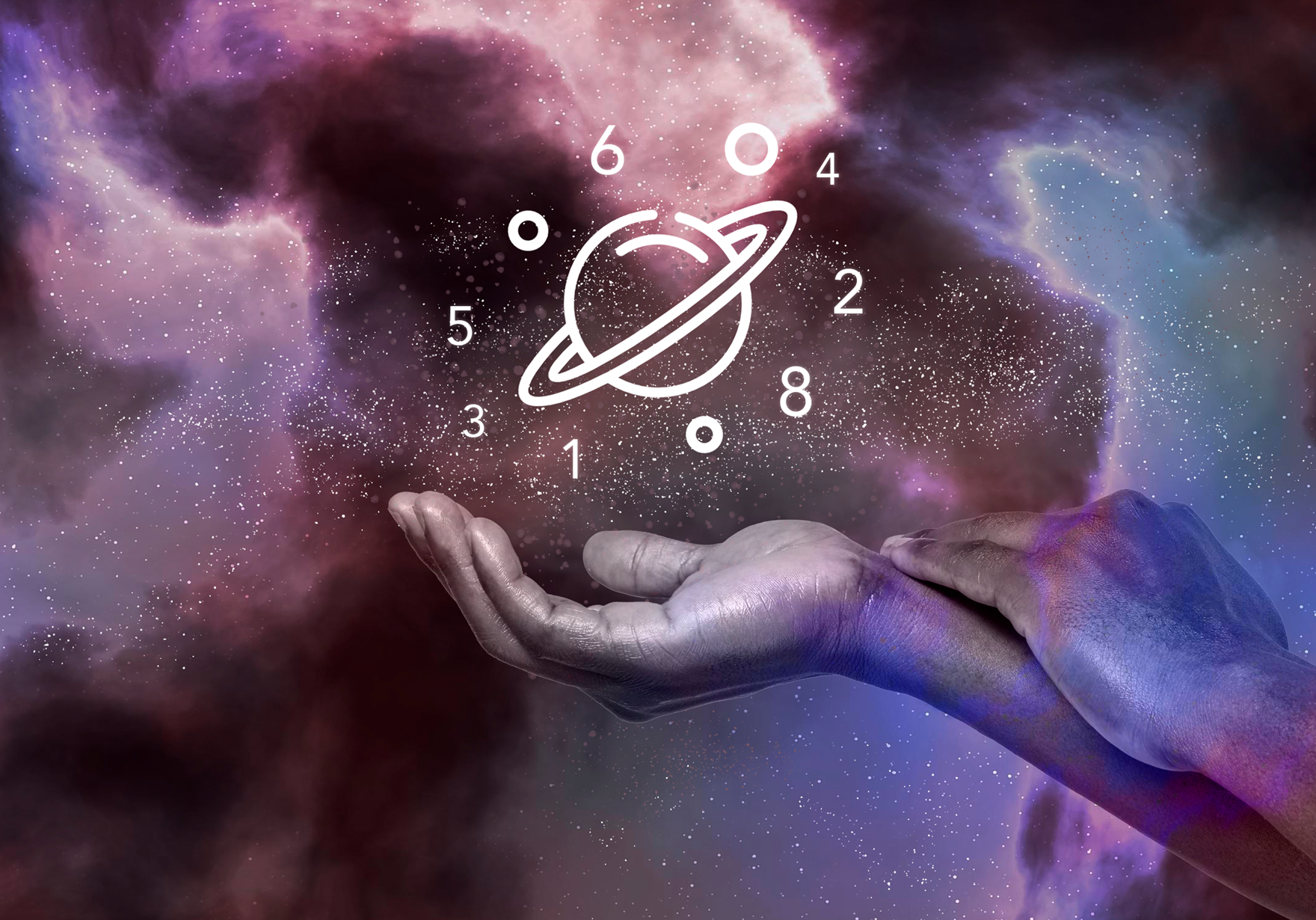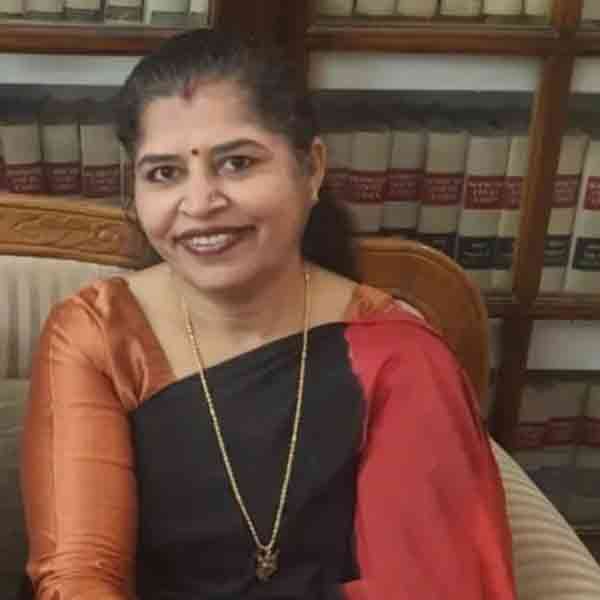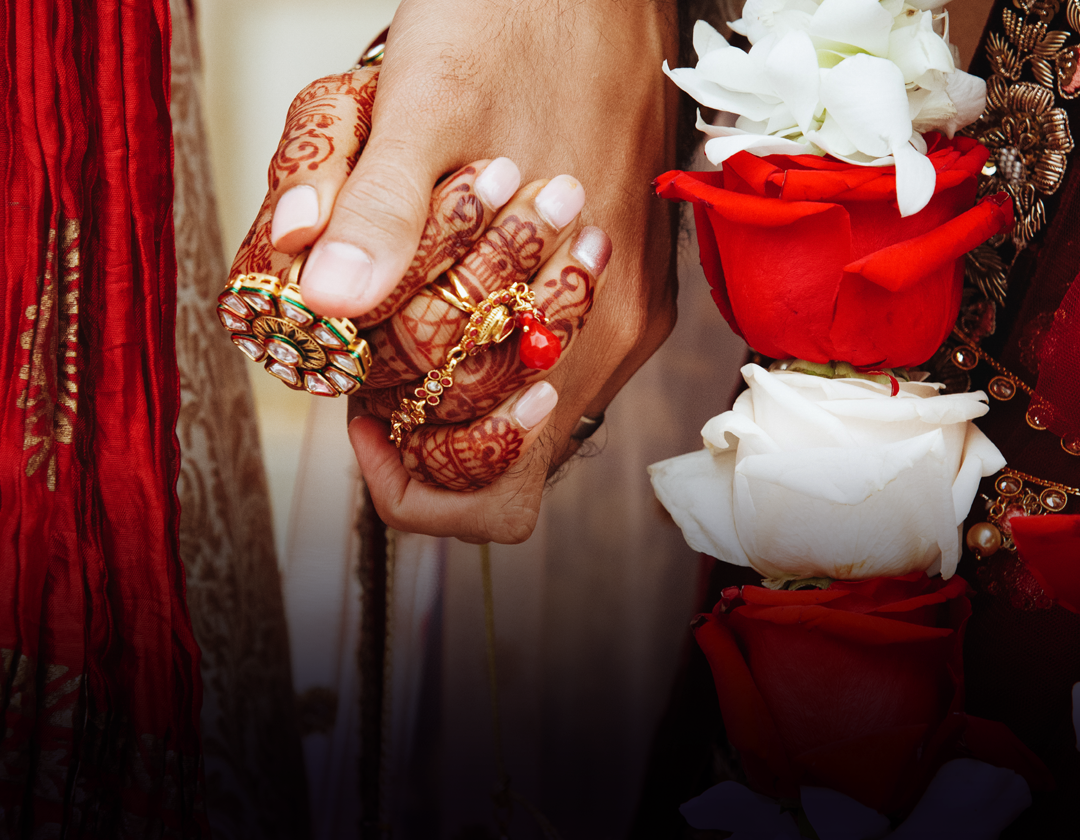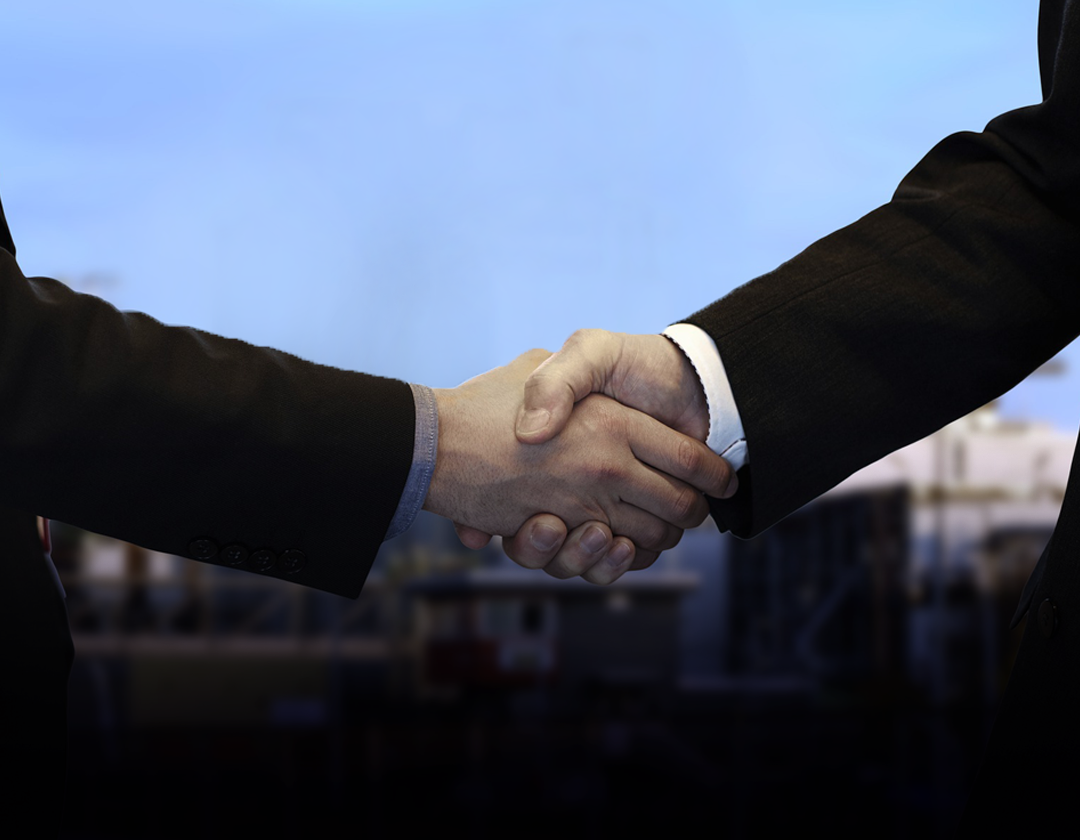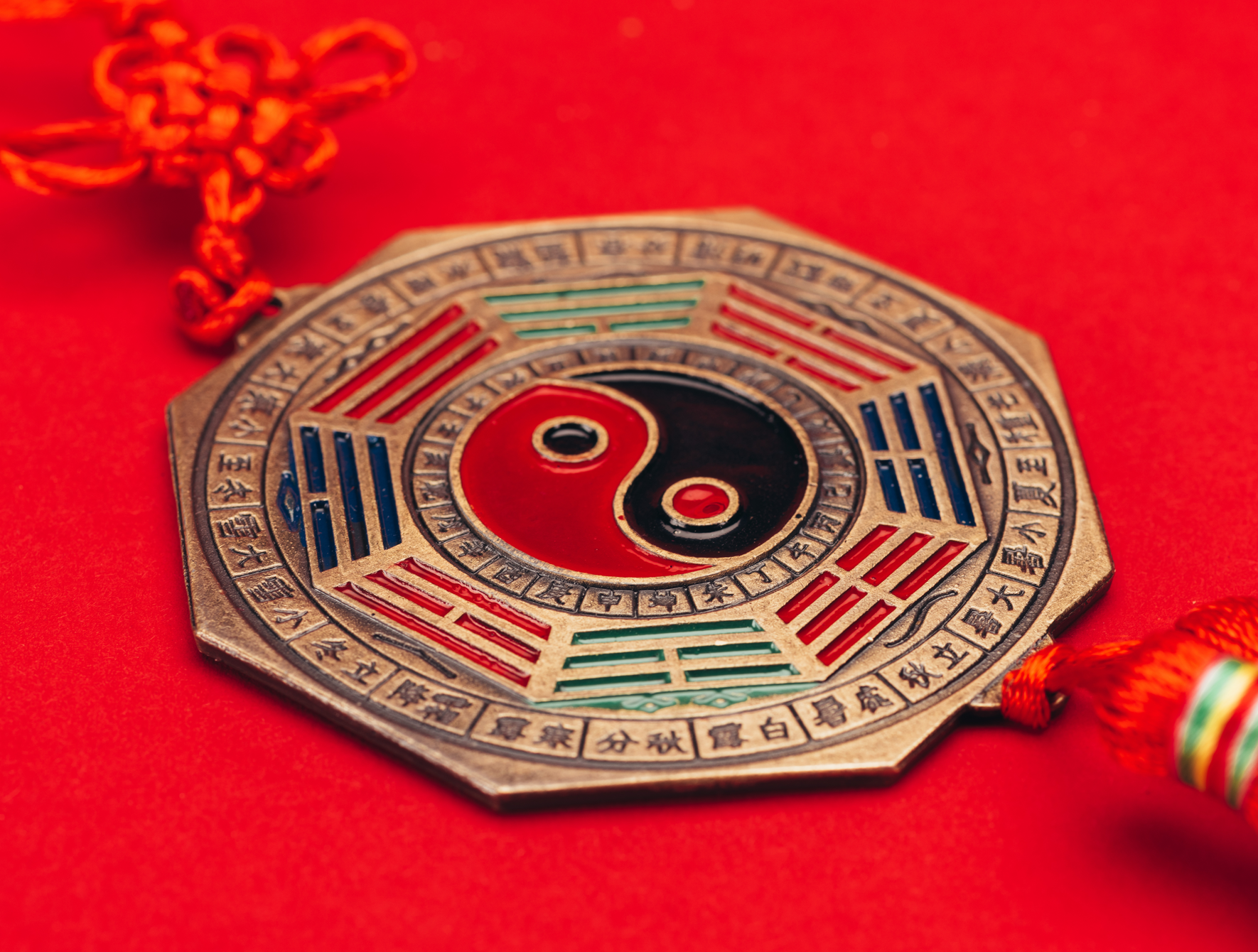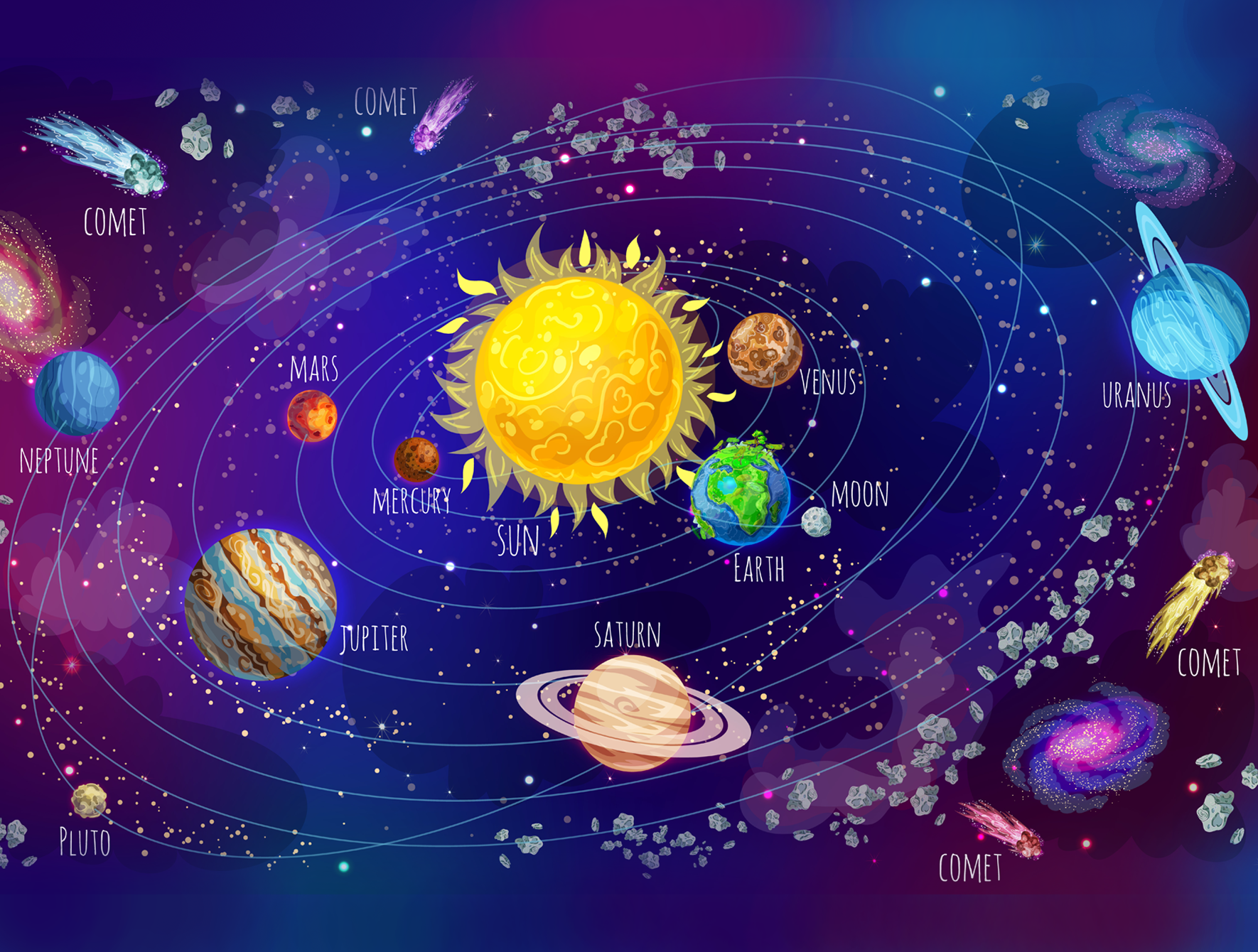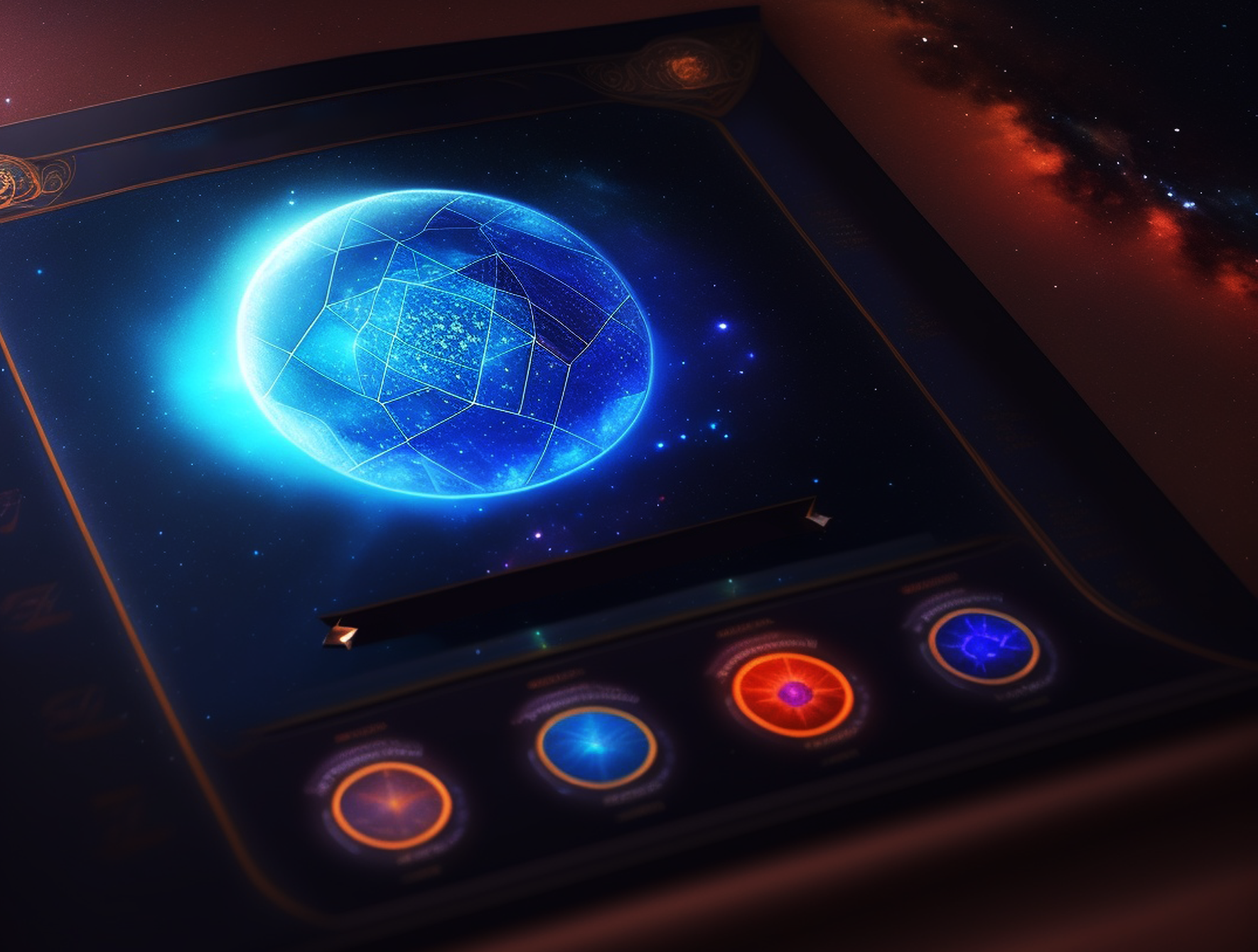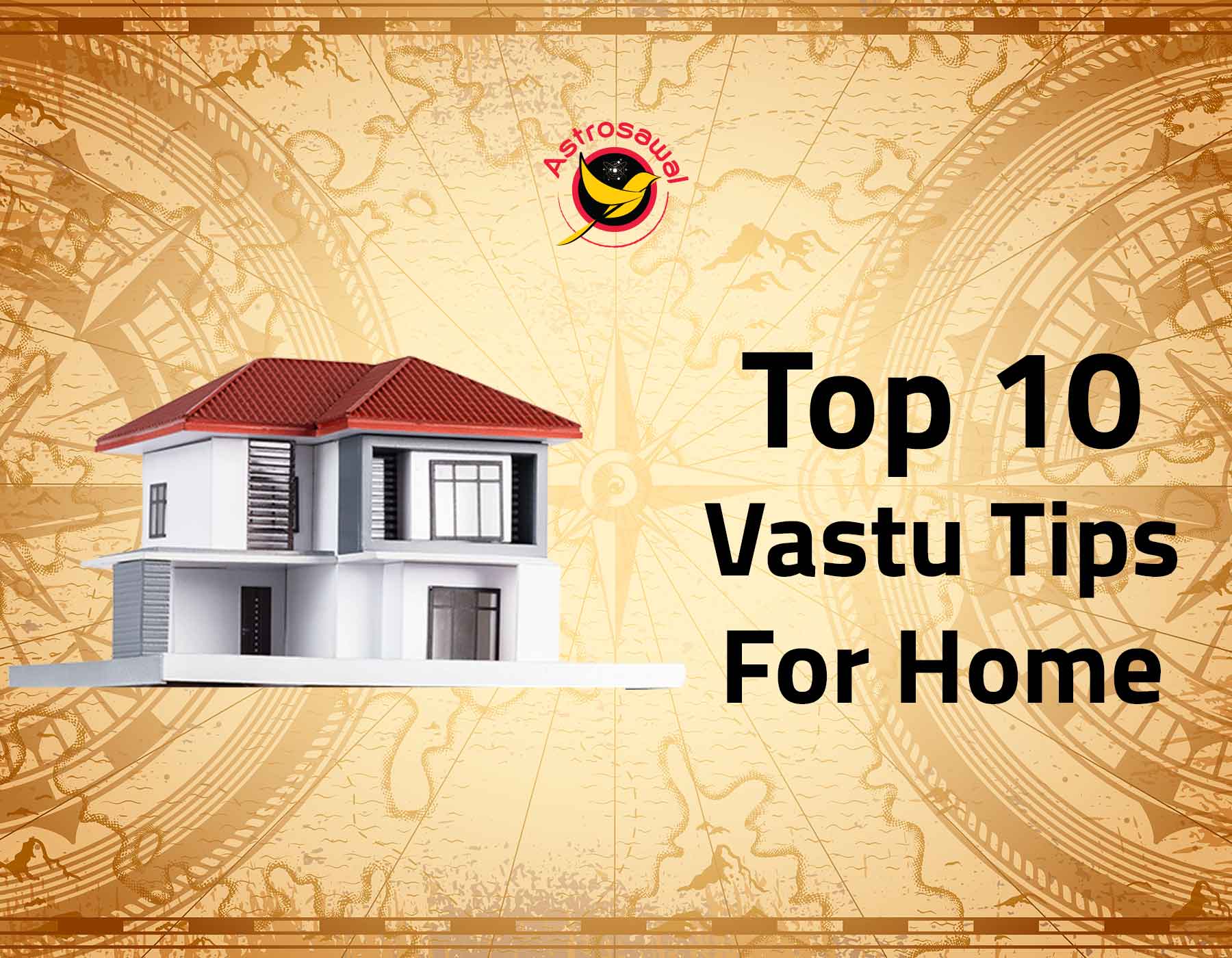Free Zone
View AllConnect With Astrologer
View AllAvailable

- Astro RajeshVedic, Numerology, Palmistry, Face ReadingHindi, English Exp : 7 Years ₹ 12/Min ₹ 6/Min Free
Available

- Numero AnuraggNumerology, Lal KitabHindi, English Exp : 12 Years ₹ 20/Min ₹ 10/Min Free
Available

- Astro DurgeshVastu, Vedic, JyotishSanskrit, Hindi Exp : 7 Years ₹ 22/Min ₹ 11/Min Free
Available

- Tarot JeetenderVedic, TarotHindi, English Exp : 20 Years ₹ 26/Min ₹ 13/Min Free
Available

- Acharya VvabhavVedic, VastuHindi, English Exp : 4 Years ₹ 30/Min ₹ 15/Min Free
Available

- Astro SripadaNumerology, Vastu, VedicKannada, Tamil, English Exp : 16 Years ₹ 30/Min ₹ 15/Min Free
Available

- Astro SatishVedic, KPEnglish, Hindi Exp : 12 Years ₹ 22/Min ₹ 11/Min Free
Available

- Numero JyotiVedic, NumerologyHindi, English Exp : 5 Years ₹ 20/Min ₹ 10/Min Free
Available

- Astro GeetikaNumerology, KPHindi, English Exp : 3 Years ₹ 42/Min ₹ 21/Min Free
Available

- Astro RajeshVedic, Numerology, Palmistry, Face ReadingHindi, English Exp : 7 Years ₹ 12/Min ₹ 6/Min Free
Available

- Numero AnuraggNumerology, Lal KitabHindi, English Exp : 12 Years ₹ 20/Min ₹ 10/Min Free
Available

- Astro DurgeshVastu, Vedic, JyotishSanskrit, Hindi Exp : 7 Years ₹ 22/Min ₹ 11/Min Free
Available

- Tarot JeetenderVedic, TarotHindi, English Exp : 20 Years ₹ 26/Min ₹ 13/Min Free
Available

- Acharya VvabhavVedic, VastuHindi, English Exp : 4 Years ₹ 30/Min ₹ 15/Min Free
Available

- Astro SripadaNumerology, Vastu, VedicKannada, Tamil, English Exp : 16 Years ₹ 30/Min ₹ 15/Min Free
Available

- Astro SatishVedic, KPEnglish, Hindi Exp : 12 Years ₹ 22/Min ₹ 11/Min Free
Available

- Numero JyotiVedic, NumerologyHindi, English Exp : 5 Years ₹ 20/Min ₹ 10/Min Free
Available

- Astro GeetikaNumerology, KPHindi, English Exp : 3 Years ₹ 42/Min ₹ 21/Min Free
Available

- Astro RajeshVedic, Numerology, Palmistry, Face ReadingHindi, English Exp : 7 Years ₹ 12/Min ₹ 6/Min Free
Connect with Tarot Reader
View AllOffline

- Tarot ShyamliiTarot, VedicHindi, English Exp : 7 Years ₹ 30/Min ₹ 15/Min Free
Available

- Tarot JeetenderVedic, TarotHindi, English Exp : 20 Years ₹ 26/Min ₹ 13/Min Free
Available
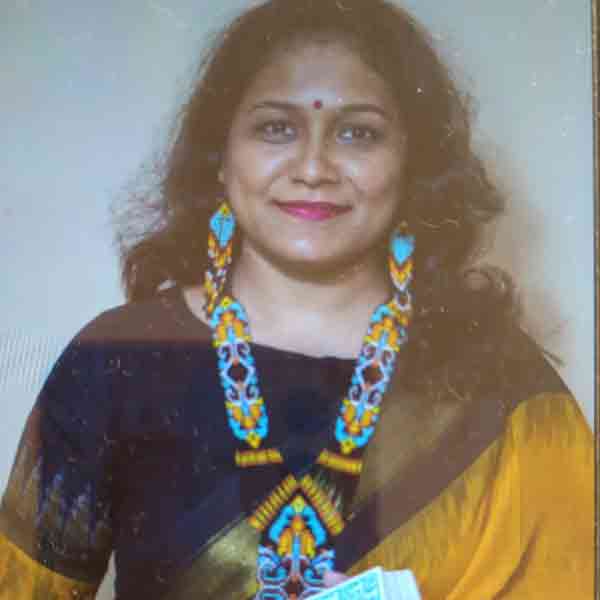
- Tarot SupriyaTarot, Numerology, Life CoachMarathi, Hindi, English Exp : 8 Years ₹ 30/Min ₹ 15/Min Free
Available

- Tarot BirvaNumerology, Tarot, Angel card ReadingGujarati, English, Hindi Exp : 7 Years ₹ 30/Min ₹ 15/Min Free
Available

- Tarot JyotsnaTarot, Numerology, MeditationHindi, English Exp : 7 Years ₹ 30/Min ₹ 15/Min Free
Offline

- Tarot SwettyTarot, Numerology, RekiBengali, Hindi, English Exp : 5 Years ₹ 16/Min ₹ 8/Min Free
Offline
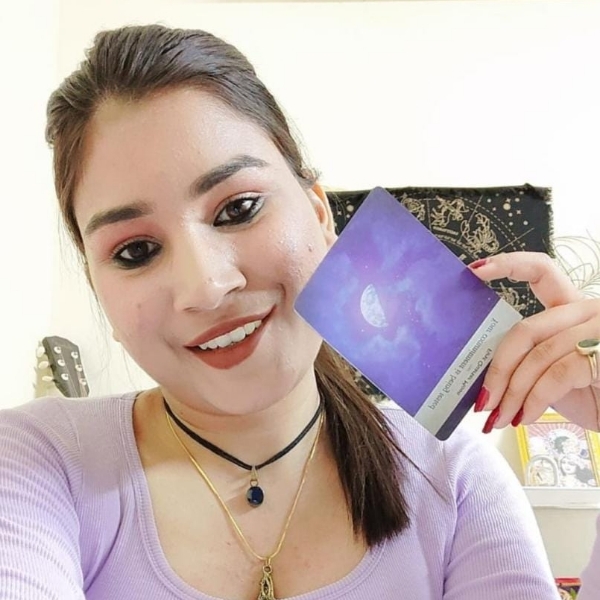
- Tarot TanujaTarot, Relationship AdvisorHindi, English Exp : 2 Years ₹ 16/Min ₹ 8/Min Free
Offline

- Tarot DevashreeNumerology, Tarot, Loshu GridHindi, English Exp : 10 Years ₹ 30/Min ₹ 15/Min Free
Offline

- Tarot ShyamliiTarot, VedicHindi, English Exp : 7 Years ₹ 30/Min ₹ 15/Min Free
Available

- Tarot JeetenderVedic, TarotHindi, English Exp : 20 Years ₹ 26/Min ₹ 13/Min Free
Available

- Tarot SupriyaTarot, Numerology, Life CoachMarathi, Hindi, English Exp : 8 Years ₹ 30/Min ₹ 15/Min Free
Available

- Tarot BirvaNumerology, Tarot, Angel card ReadingGujarati, English, Hindi Exp : 7 Years ₹ 30/Min ₹ 15/Min Free
Available

- Tarot JyotsnaTarot, Numerology, MeditationHindi, English Exp : 7 Years ₹ 30/Min ₹ 15/Min Free
Offline

- Tarot SwettyTarot, Numerology, RekiBengali, Hindi, English Exp : 5 Years ₹ 16/Min ₹ 8/Min Free
Offline

- Tarot TanujaTarot, Relationship AdvisorHindi, English Exp : 2 Years ₹ 16/Min ₹ 8/Min Free
Offline

- Tarot DevashreeNumerology, Tarot, Loshu GridHindi, English Exp : 10 Years ₹ 30/Min ₹ 15/Min Free
Offline

- Tarot ShyamliiTarot, VedicHindi, English Exp : 7 Years ₹ 30/Min ₹ 15/Min Free









